Endotracheal Suctioning: Coronary Artery Patient Case Analysis
VerifiedAdded on 2023/06/05
|19
|585
|129
Case Study
AI Summary
This case study evaluates the effects of normal saline application before endotracheal tube suctioning in a 75-year-old patient with a history of chronic obstructive pulmonary disease (COPD). It uses strategies from the American Association for Respiratory Care (AARC) and highlights potential adverse effects such as increased pain, anxiety, elevated arterial and intracranial pressure, worsened dyspnea, inadequate oxygen exchange, and impacts on heart rate and blood pressure. The analysis incorporates the PICO (Population, Intervention, Comparison, Outcome) framework to assess the clinical practice, concluding that the use of saline before suctioning may have harmful effects, warranting further evidence-based research to justify its benefits.
1 out of 19
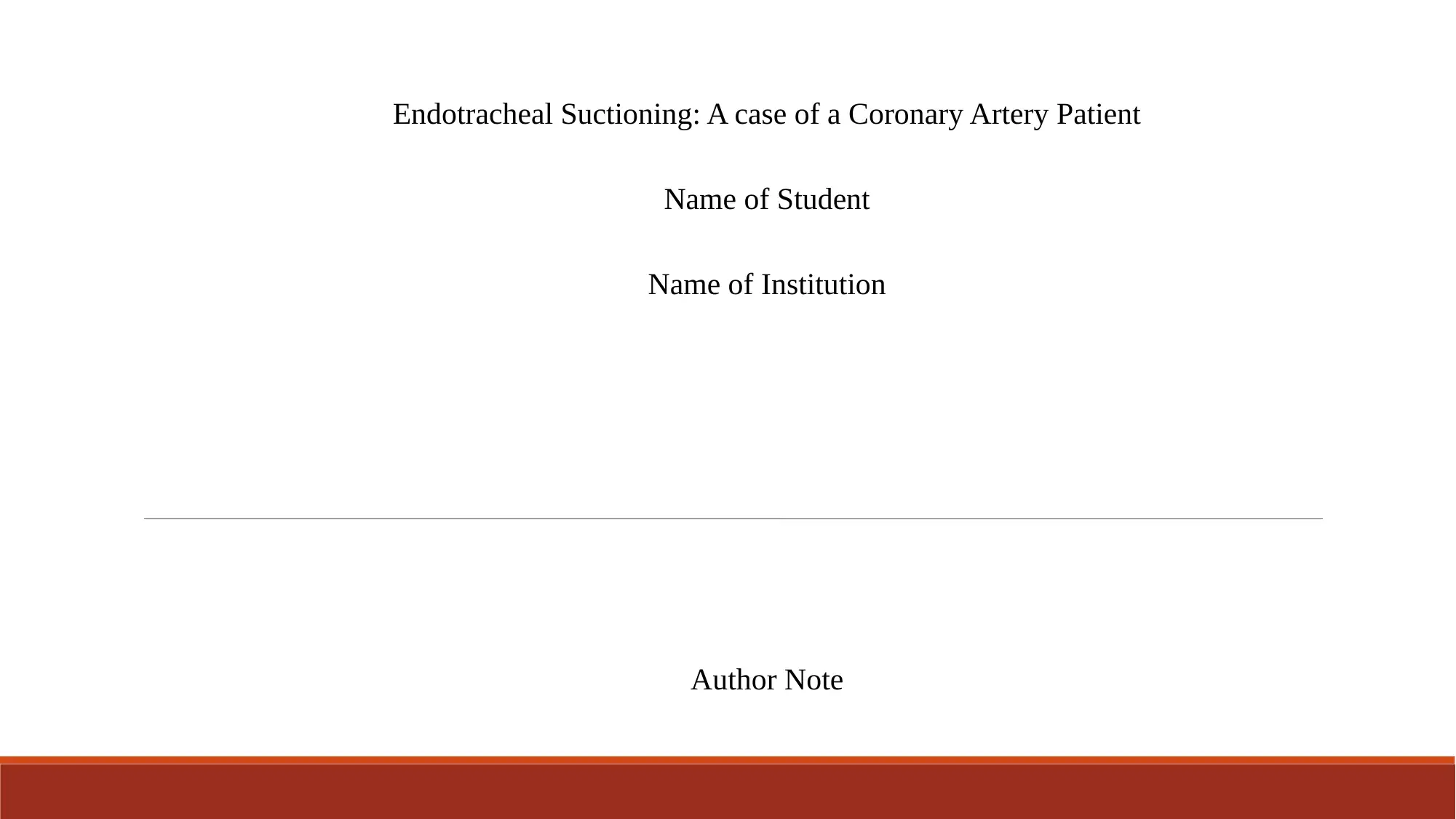
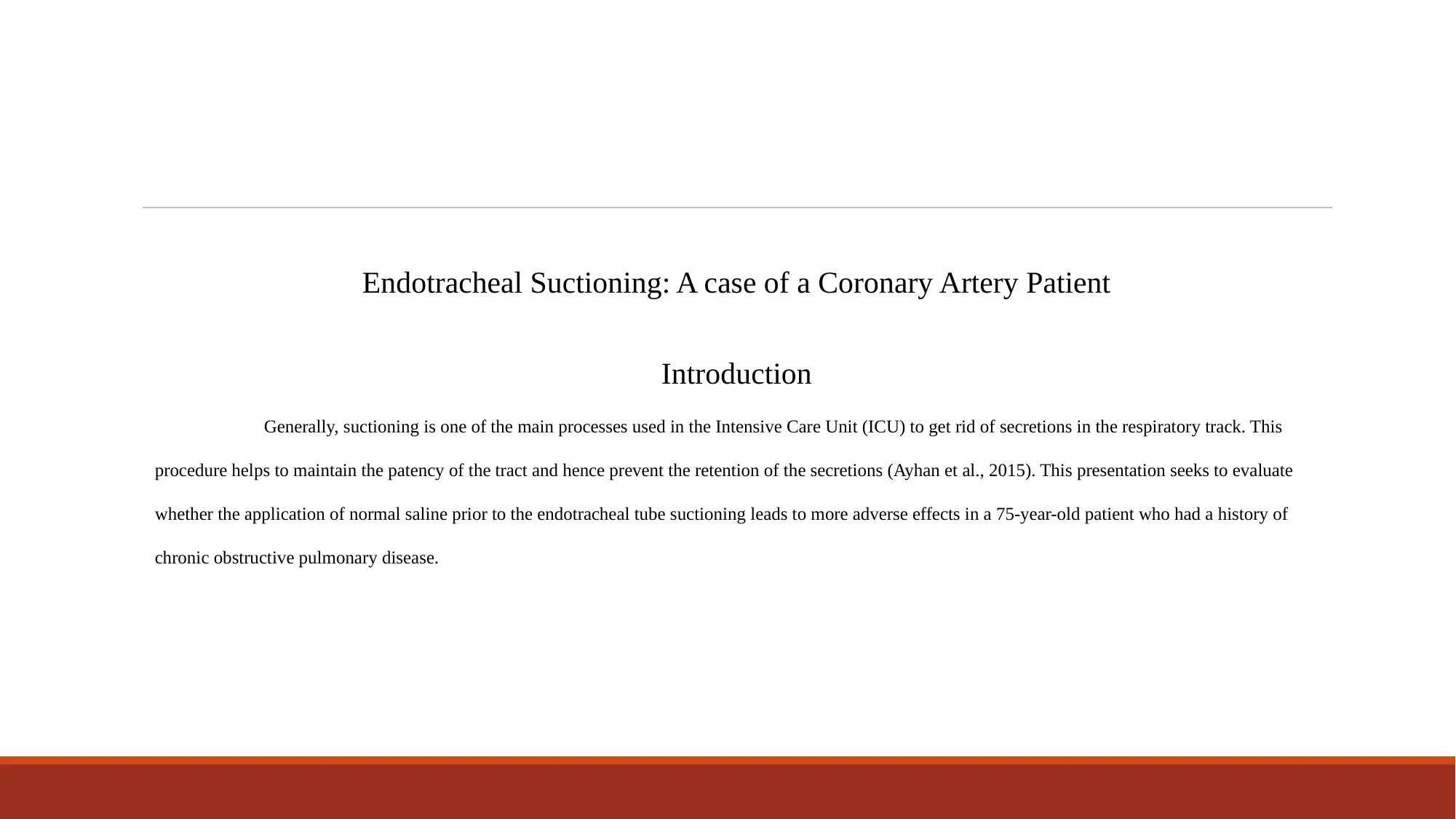
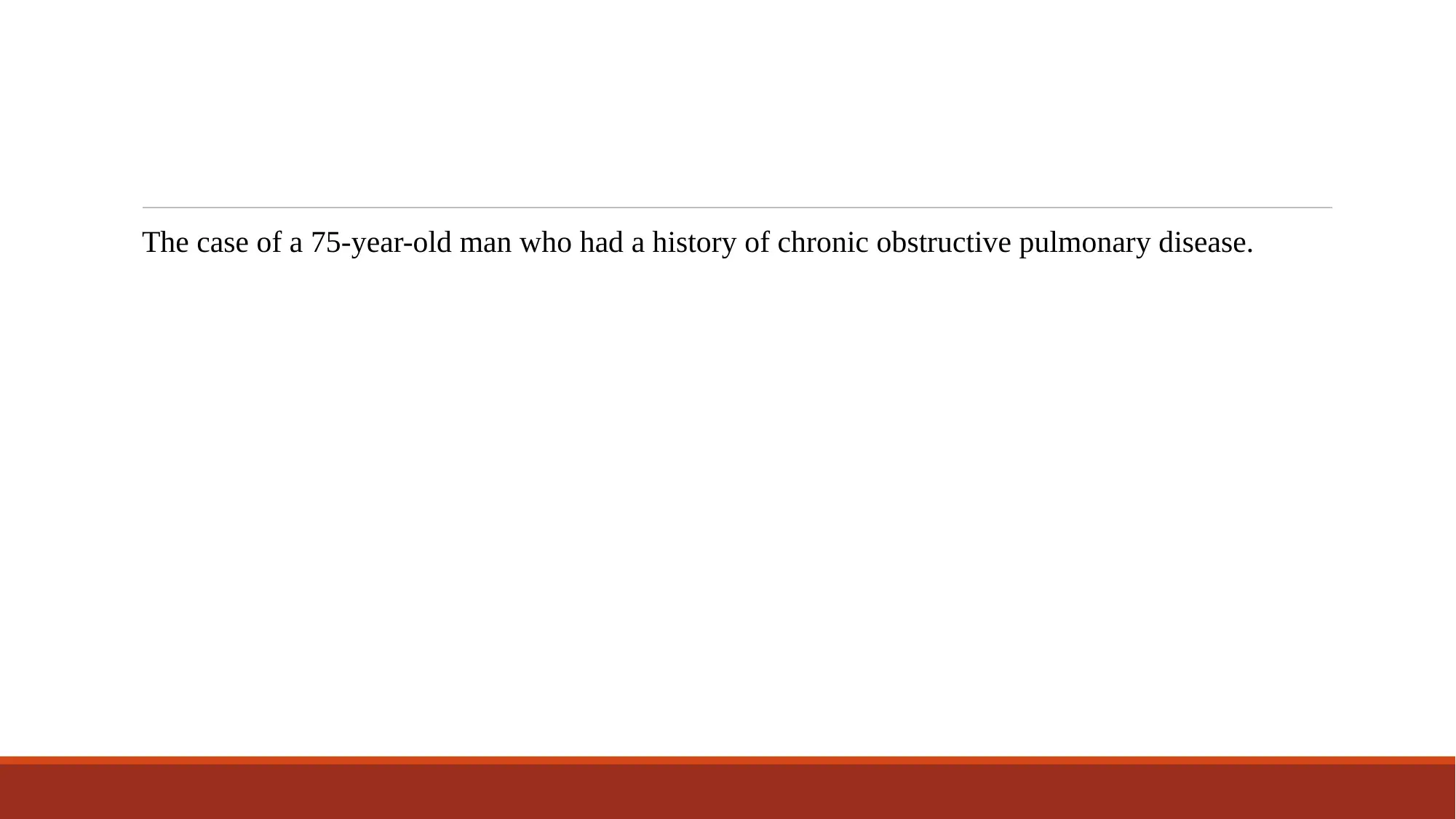

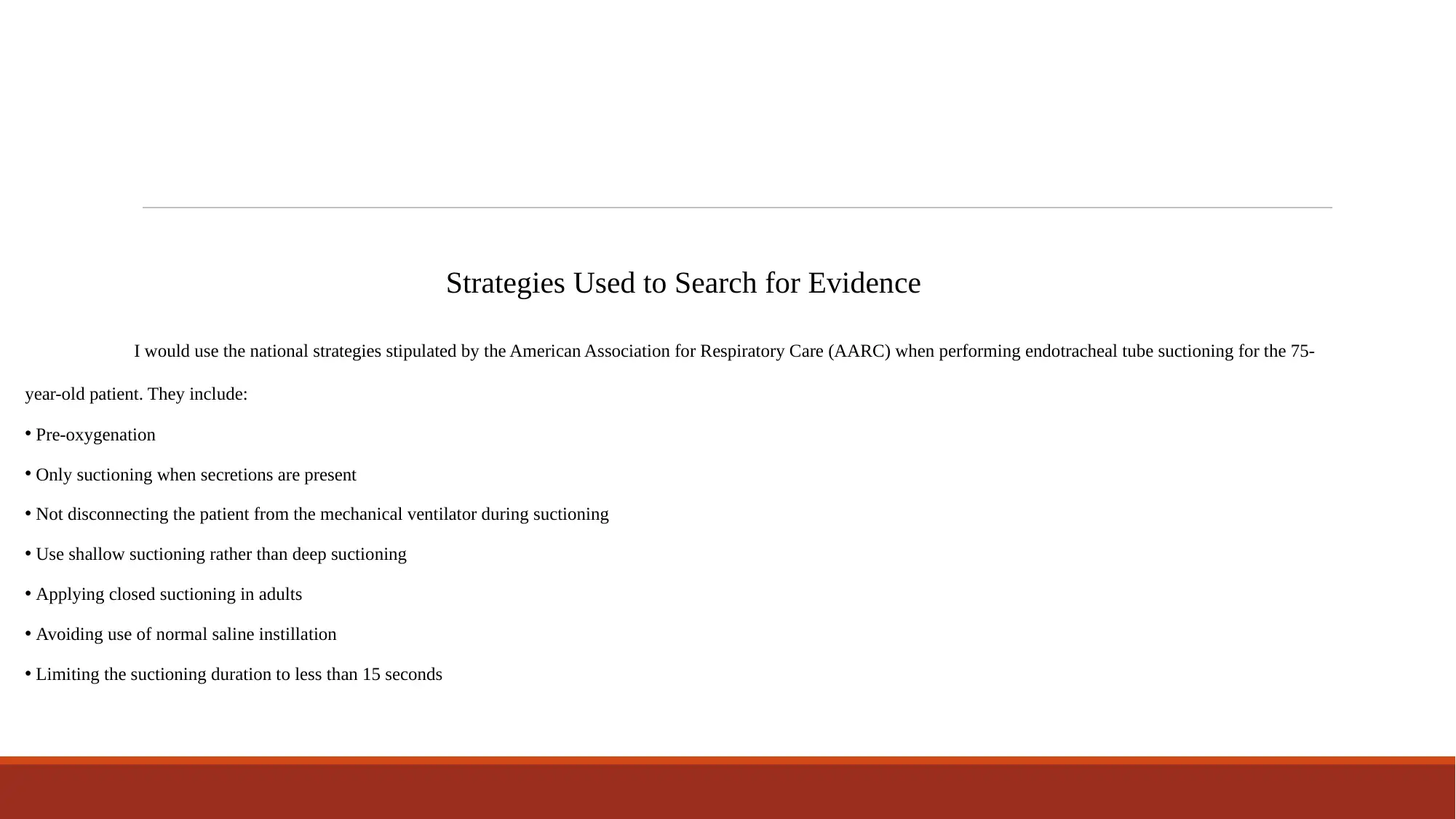
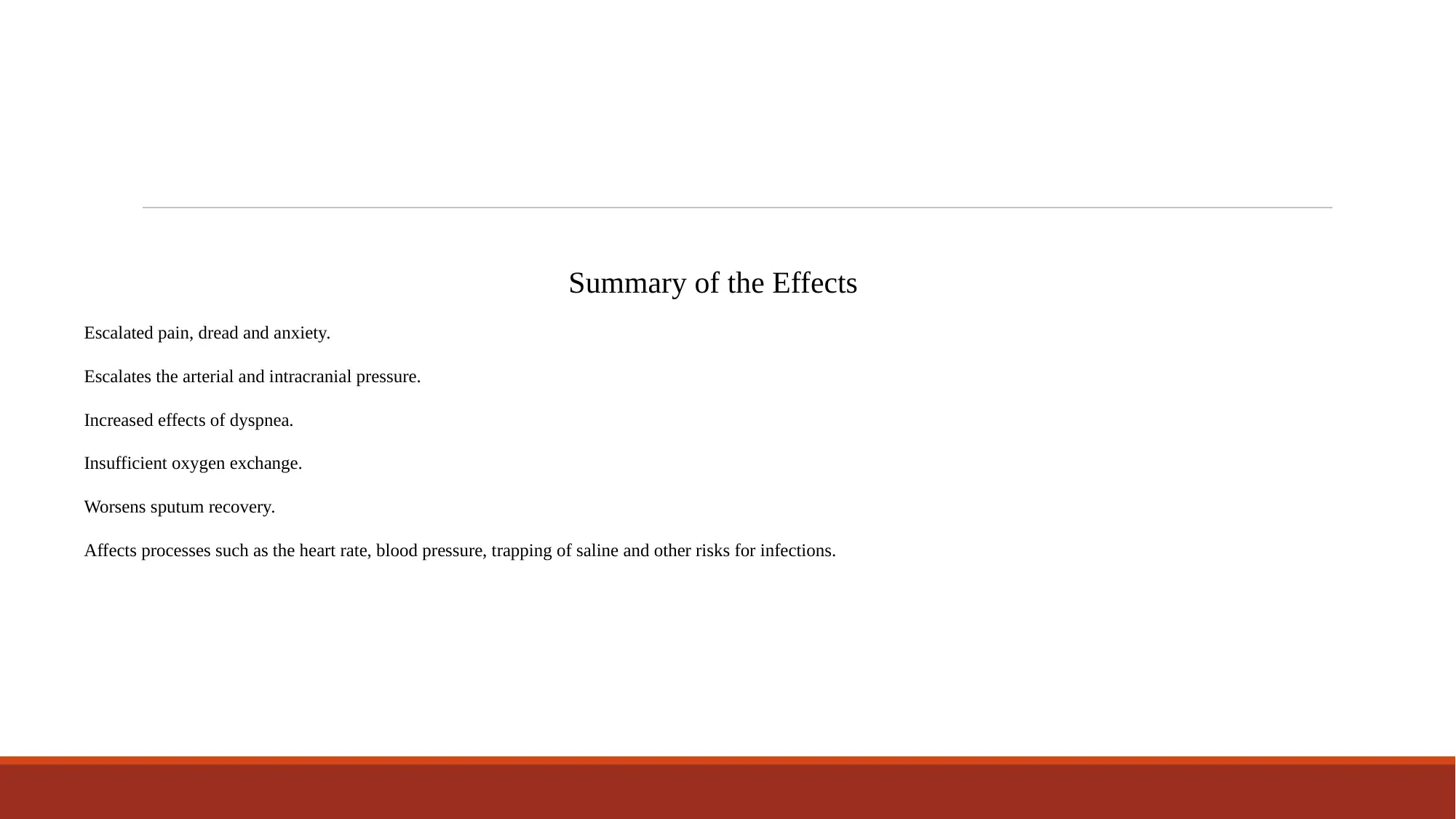
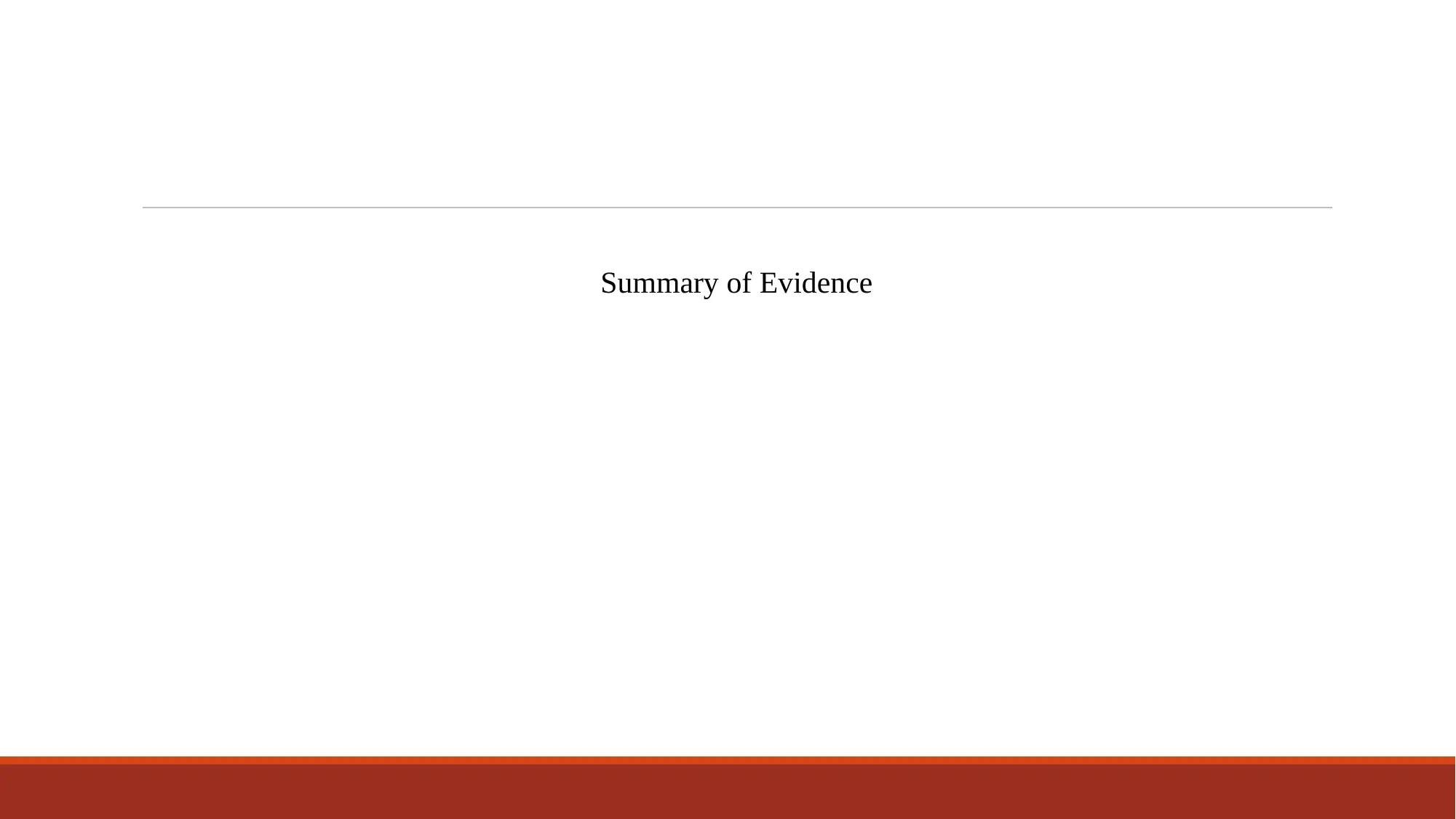
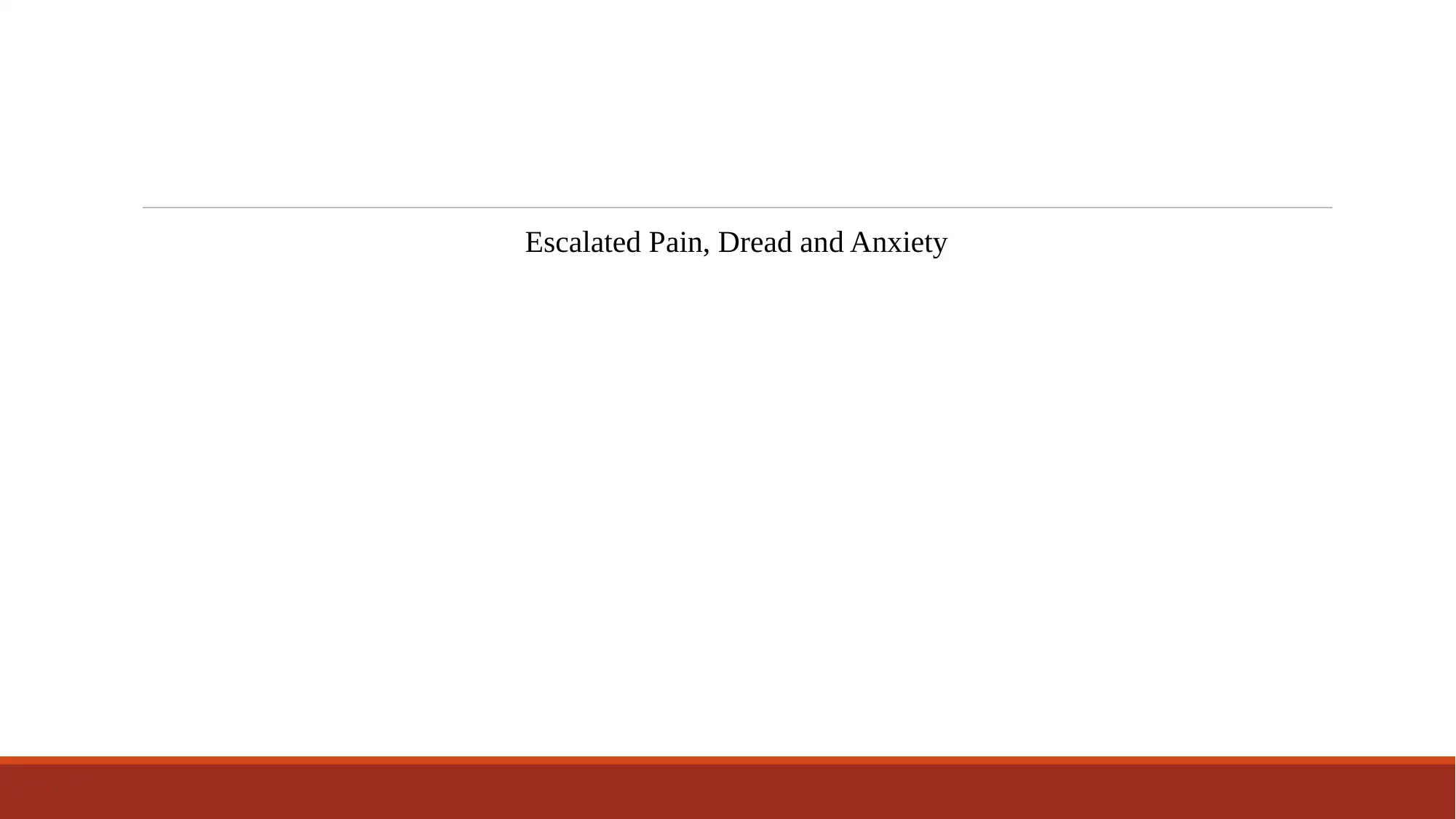
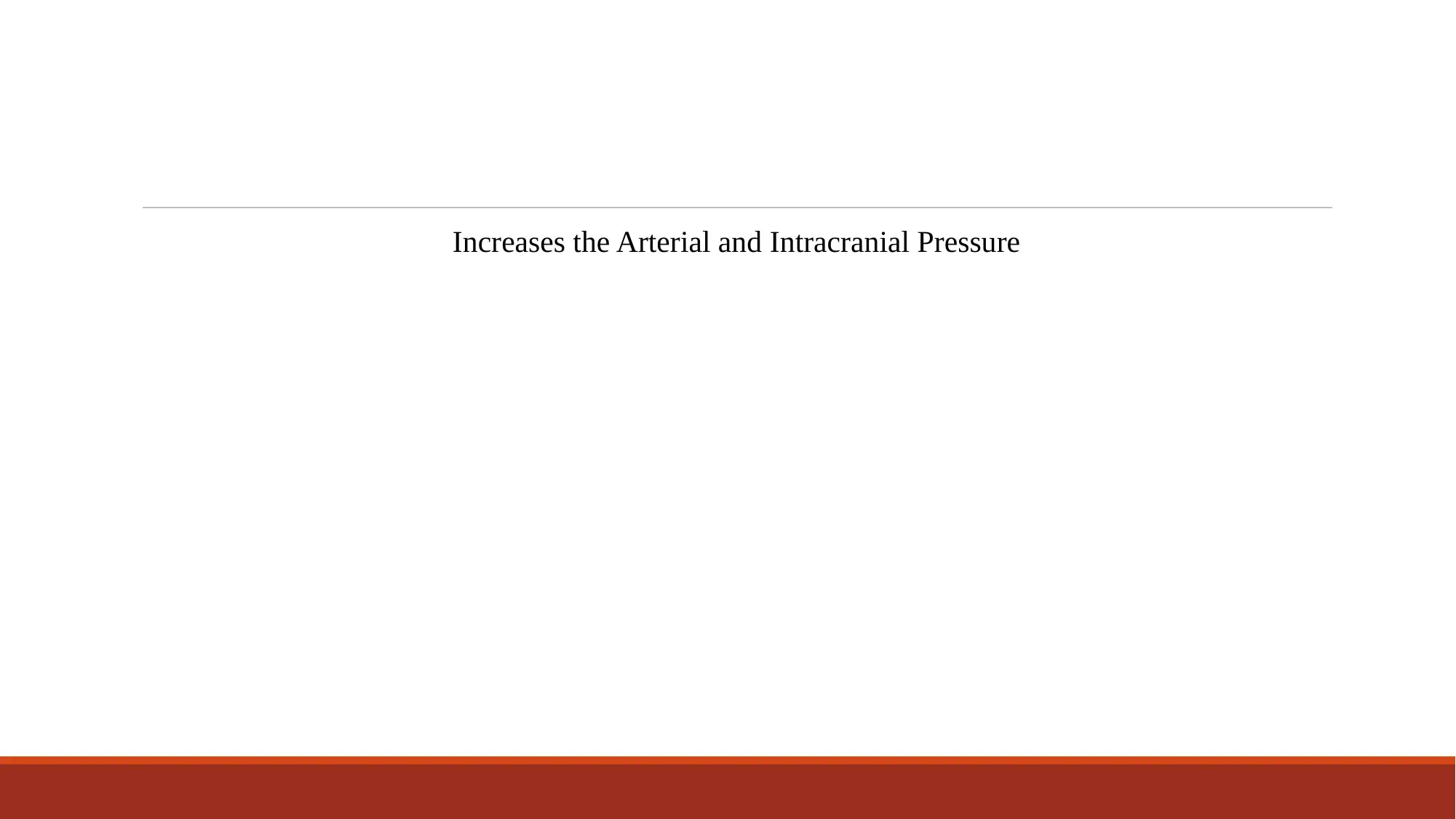
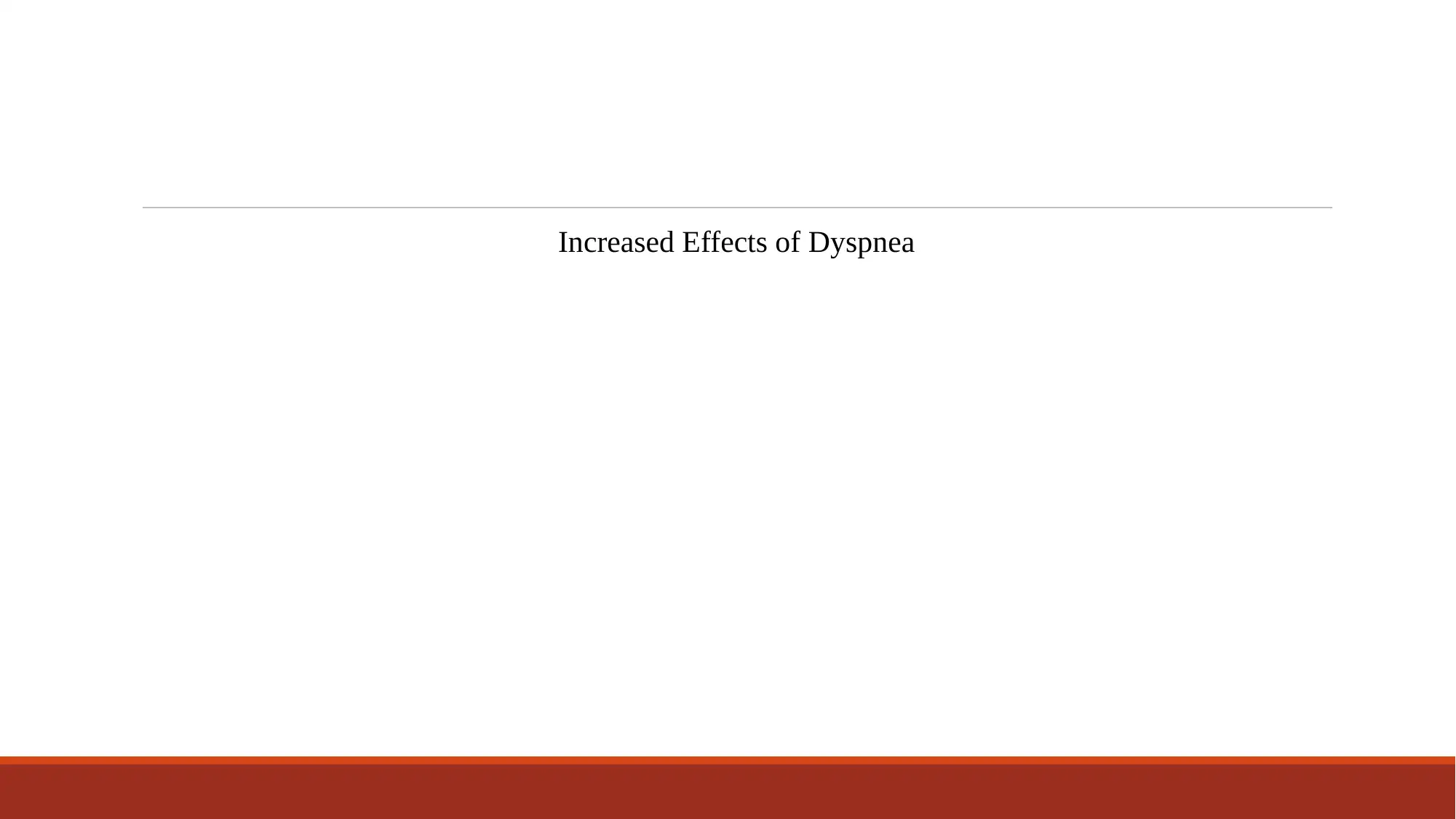
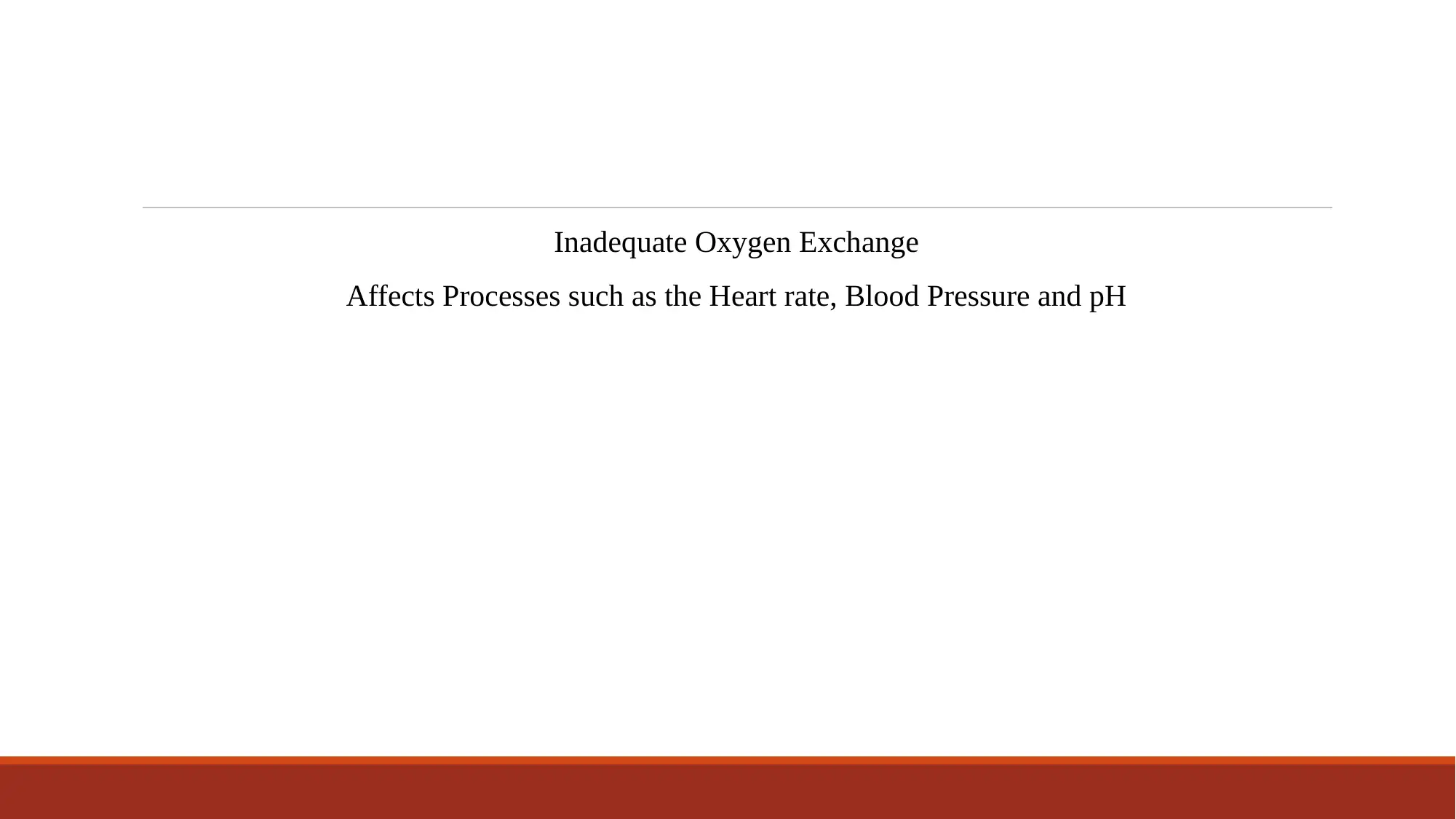
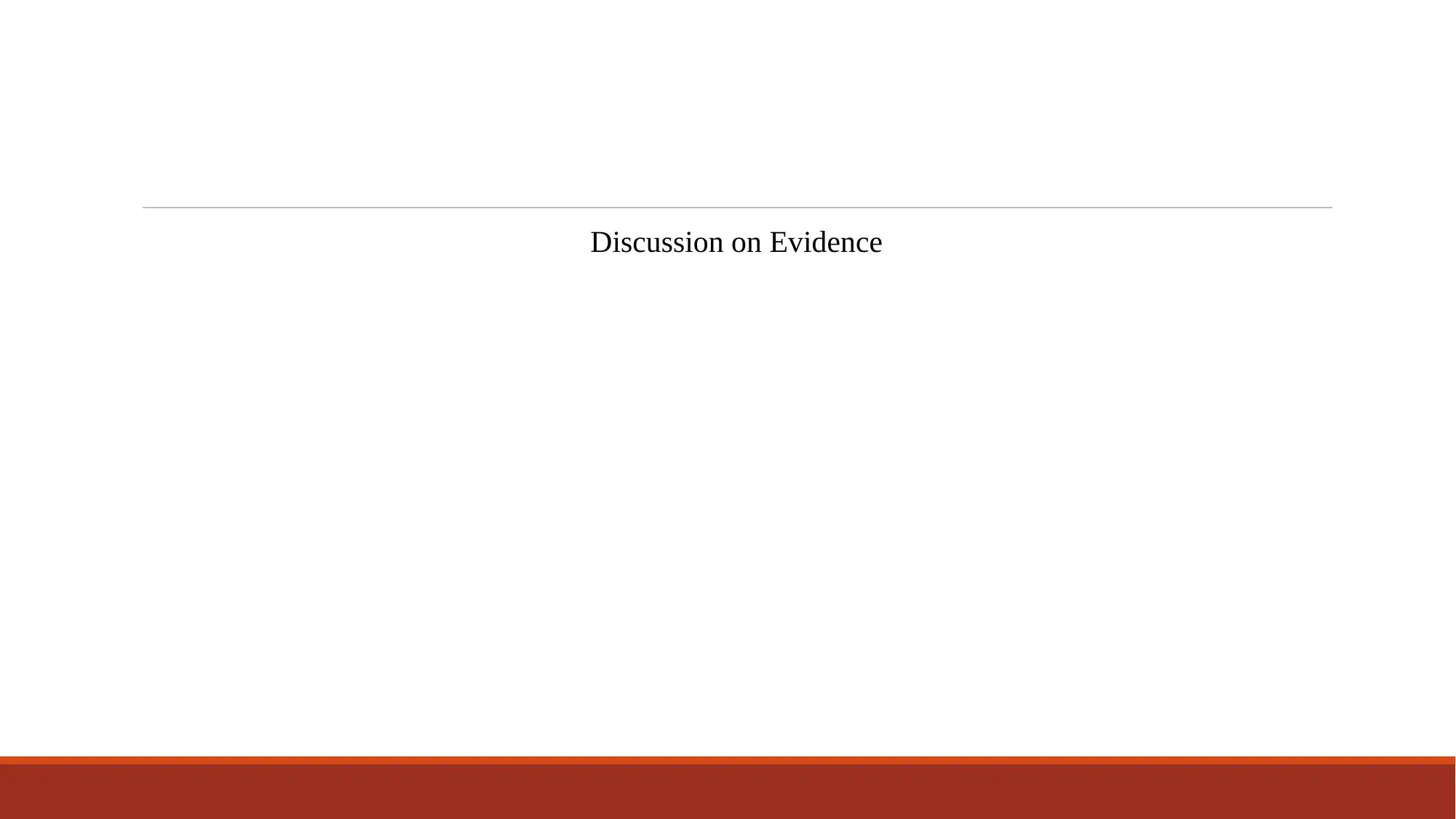
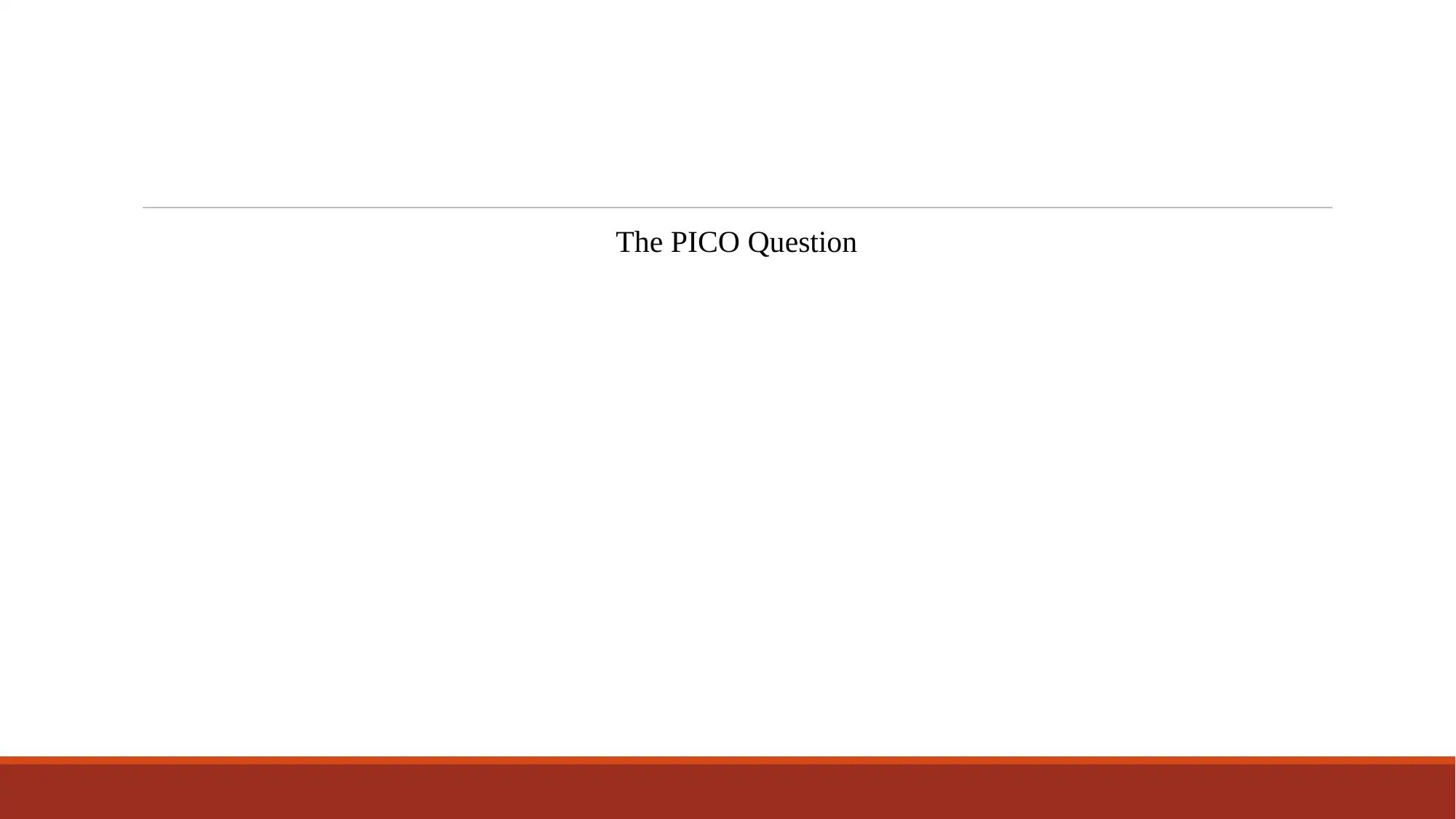

![[object Object]](/_next/static/media/star-bottom.7253800d.svg)